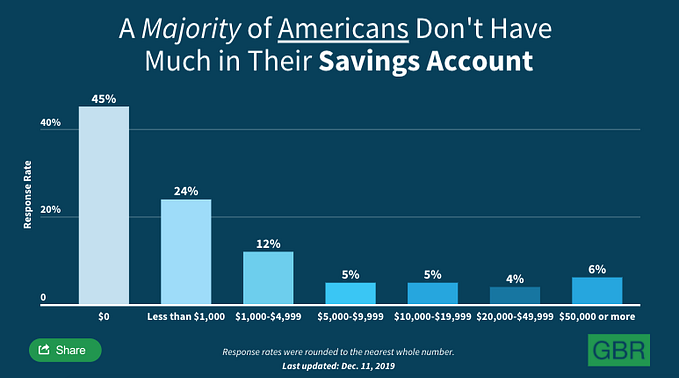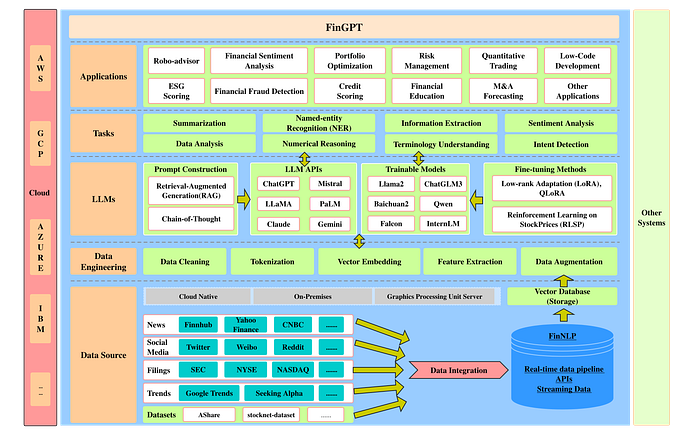10 essential ingredients for user persona success
There’s a lot of great existing advice, but what really works? Follow these guidelines to create personas that exceed expectations.
“Who is this Ian guy everyone keeps talking about?” I smiled and replied, “Let me introduce you to our personas.”
A good user persona is effective. You want your entire organization to be on a first name basis with your personas. When a teammate mentions a persona by name, for example “Pat,” and seamlessly transitions into describing the functionality being built for Pat, without so much as an explanation of who Pat is or why Pat matters--in a room full of nodding heads and faces filled with understanding, you’ve reached persona nirvana. A few years back I was talking to a new hire for a company I was consulting with; he asked “Who is this Ian guy everyone keeps talking about?” I smiled and replied, “Let me introduce you to our personas.”
Many UX practitioners have written personas. Most UX training and degree programs introduce the concept and require students to try their hand at creating at least one user persona. However, many practitioners still ask themselves “what makes user personas successful within an organization?”
Elements of a good persona
- Research-based
- An alliterative name
- A headshot
- Real life job titles
- A personal statement or tagline
- Narrative or bio
- Job Tasks
- Pain points, motivators, and other relevant data
- Only includes relevant details
- Most importantly, personas work best when they are used consistently throughout an organization

1. Research-based
The best personas are based on actual user research.¹ Primary research is best, but when that is not possible, secondary research works as well. The two basic methods for gathering data through primary research are surveys and interviews of your specific user population. If you want personas based on statistically significant data, then surveys are the preferred research method to use. To construct the research mechanism, first determine what you think you know about your user population, design your research to validate or refute your existing beliefs, then layer in questions designed to fill in the blanks. Interviews are extremely good at exploring subject areas and learning about your blind spots — the things you didn’t know that you didn’t know.²
2. An alliterative and descriptive name
Every persona needs a name. Humans are (generally) social beings; names carry emotional significance. When you assign a name to something, you impact how that thing is perceived³; you bring it into focus and enable easier discussion of that thing. Names are a placeholder for an entire persons-worth of information. Personas work best when they have alliterative names. The first letter of the persona’s first name should be the same as the first letter as the persona’s last name. The last name of the persona describes the role for which the persona fills. For example, if your project is designing espresso machines, you may need a barista persona. “Bettina Barista” would be an excellent persona name for such a project. The alliteration serves as a memory cue, and an easy to remember, culturally diverse, first name enables team members to relate to and discuss “Bettina,” quickly recalling that she is the barista persona.
3. A headshot
A photo allows us to put a face to the persona name. Putting a face on something has a similar psychological effect as naming something does. When we put a face (and a name) on something, we literally personify that thing, we humanize it and increase empathy.⁴ Those who are familiar with the practice of design thinking will understand the importance of empathy in the design process. Empathizing with your user is an important step in creating usable products. Personas assist organizations in creating a culture of empathy for their products’ users. When the new hire asked “who is Ian?” He was reflecting on an organizational culture that held their users in such high regard they spoke of their personas frequently, using first names only, and with empathy. They were genuinely concerned about helping Ian do his job better and more efficiently.
It should go without saying that it is important to represent a broad range of cultural and gender identities in your user personas, to accurately reflect the world in which your products will be used.

4. Real life job titles
Each persona is an amalgamation of multiple product users that share certain characteristics. Therefore, there may be multiple real life job titles for a single persona. Including the alternate job titles a persona may have helps the team understand who the persona represents in real life.
5. A personal statement or tagline
This is the TLDR; each persona should have a tagline that describes why persona is relevant. The tagline is generally an “I” statement. To use the espresso machine example, Bettina Barista’s “I” statement might be: “I work as a barista at the campus coffee shop where I attend university.” This tells a reader that this is the persona for a part-time coffee shop employee. It is an at-a-glance explanation of who this persona is and why a reader would (or wouldn’t) want to read more about this particular persona.
6. Job tasks
Job tasks elaborate on the tagline with a bit more detail. This section can simply be a bulleted list of common tasks regularly undertaken in the performance of the work this persona will use your product to complete.
Your teammates do not need to know if Bettina likes to walk her dog on the beach, unless we are concerned about keeping dog hair or sand out of the espresso.
7. A good narrative or bio
A good narrative will tell the story of the persona — a day in the life. This makes the persona more human and more sympathetic for the team. If a market differentiator of our espresso maker is that it makes a coffee shop worker’s job easier, then including a narrative that paints a realistic picture of Bettina’s daily hiccups and timeline can garner sympathy and spur inventive solutions.
8. Pain points, motivators and other relevant data
It is critically important for everyone working on a product to understand the most prominent struggles each user persona. A seemingly small decision by one developer can have a big impact on a user’s interaction with your product. Similarly, understanding a user’s motivation can help the team make critical decisions and trade-offs based on actually user data. Understanding how each persona defines success is key to creating products that help your user and give them joy.⁵
It may be helpful to know that Bettina makes on average between 20–30 espressos per 8 hour shift. Or, it could be helpful to know that Bettina generally works 4 hour shifts. The average pay range for Bettina could be relevant. Or it could be informative to specify how many tasks she is doing simultaneously when the coffee shop is at it’s busiest.
9. Only include relevant details
Include only the information that is relevant.⁶ It is not helpful to include details that have nothing to do with your offering. Your teammates shouldn’t have to know if Bettina likes to walk her dog on the beach, unless we are concerned about keeping dog hair or sand out of the espresso. However, be careful when determining relevance. What may not seem relevant at first glance, could actually impact the design of your product. For example, if Bettina is an over tired student who gets on average 5–6 hours of sleep per night, that may impact her ability to operate complicated machinery and increase the potential for inattention or mistakes.

10. Use personas consistently throughout your organization
This may be the most important element in creating a culture of persona-driven development. The development and product teams must be on board. Include key stakeholders throughout the process of researching and developing your user personas to make sure they buy in to the final product.
Keep personas in central focus throughout the development lifecycle by naming them in your stories. An example of persona use in Agile story format: “As <persona name>, I want to do <an action> so that I may <achieve a specific goal>…” Also, use persona names and faces in design artifacts and diagrams to indicate which persona is relevant to specific features. Make sure the personas are highly visible: post them in a prominent place on the company wiki, hang large format posters on the office walls, place smaller format persona artifacts in a flip-format easel binder in every conference room, suggest developers print a set of personas and post them in their workspaces, get creative.
Align with your marketing department to ensure user personas and marketing personas are in sync. I won’t go into the difference between user persona and marketing personas, that’s another article, however the two can and should be tightly aligned. Share user personas with your executive team and they will quickly take hold throughout your organization. Talk to HR about making the user personas part of the onboarding experience for new hires to ensure everyone knows and respects the importance of the personas.
Most importantly, protect your personas. Mark them “Company Confidential” to ensure the intellectual property in your personas is protected, especially if you based them on primary research. Personas are the home of proprietary knowledge about your users. When done right, they are an extremely valuable asset.
Special shout-out to Jen McGinn, the User Persona OG, for informing much of this content and expanding and informing my persona practice.
Further Reading
- McGinn and Kotamraju (2008). Data-driven persona development. Conference: Proceeding of the twenty-sixth annual CHI conference, 2008.
- Author Unknown (2021). User Interviews. Interaction Design Foundation, August 3, 2021.
- Alter, Adam (2013). The Power of Names. The NewYorker, May 29 2013.
- Epley, N., Waytz, A., & Cacioppo, J. T. (2007). On seeing human: A three-factor theory of anthropomorphism. Psychological Review, 114(4), 864–886.
- Cooper, Alan; Reimann, Robert; Cronin, David and Noessel, Christopher (2014). About Face: The Essentials of Interaction Design (4th Edition). Wiley 61–100
- Harley, Aurora (2015). Personas Make Users Memorable for Product Team Members. NN/g Nielsen Norman Group: World Leaders in Research-Based Experience, February 16, 2015.










